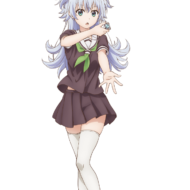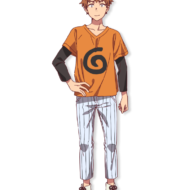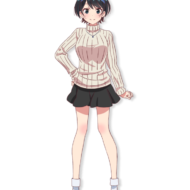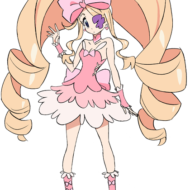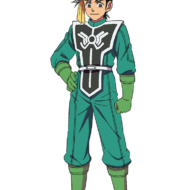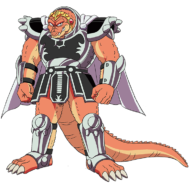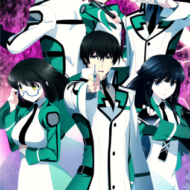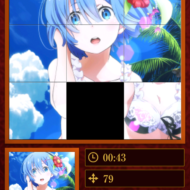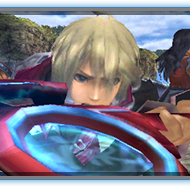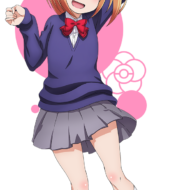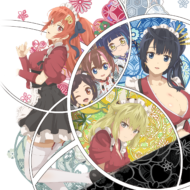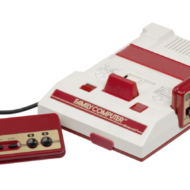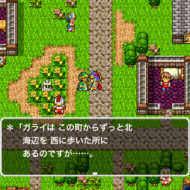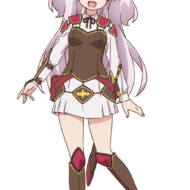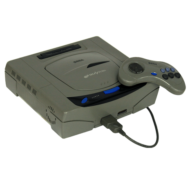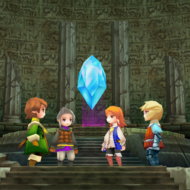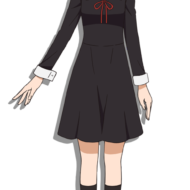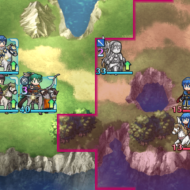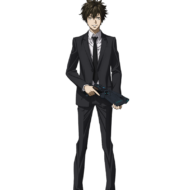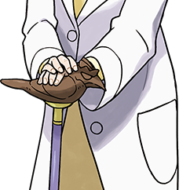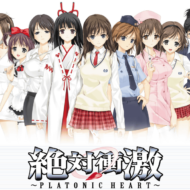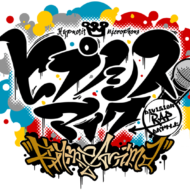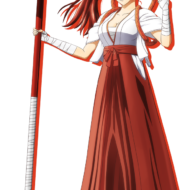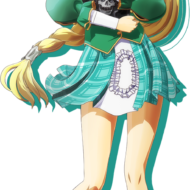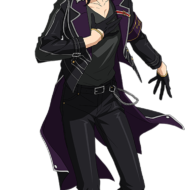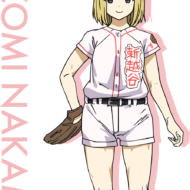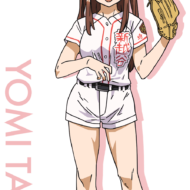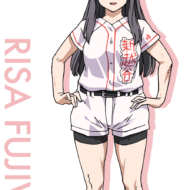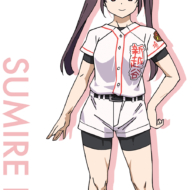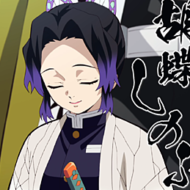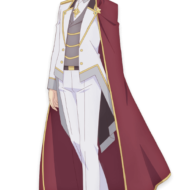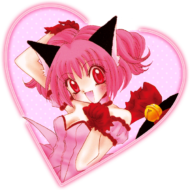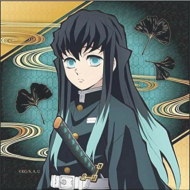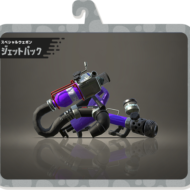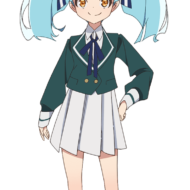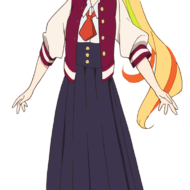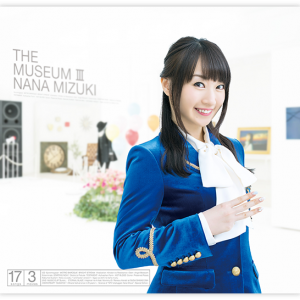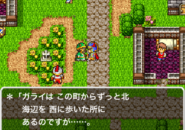出典 : wikipedia
While many video game consoles reigned supreme in their time, starting with Nintendo’s Family Computer, followed by the Super Famicom (SFC) and Sony’s Playstation (PS), there are many more consoles that were just as powerful but failed to become the mainstay of their era.
In this article, we’ll pick up the retro consoles from the NES to PS2 (PlayStation 2) generation that have been hiding in the shadows of the era’s mainstays, explaining their performance and analyzing why they lost.
The NES generation (the third generation of games)
SEGA Mark III
SEGA Master System
The main competitors of the NES generation will be these two Sega models. In the following, we will pick up the Sega Mark III from these two models and explain its features and points of defeat.
SEGA Mark III
出典 : wikipedia
The Sega Mark III was a home video game console released by Sega Enterprises and, along with Nintendo’s Family Computer, was one of the game consoles that helped popularize gaming in the home.
Overview and basic information
Manufacturer SEGA ENTERPRISE
Release Date October 20, 1985
Compatible Media ROM cassettes
It was the only rival to the early NES, and while there were many competitors when the NES was first released, most of them disappeared with the explosion of the NES, it was the only game console that survived as a rival.
What it lost to the NES
Complexity of operation
The appearance of Super Mario
The Sega Mark III was not well received in the gaming market at the time, which was targeted at children, because the controller was not easy to use despite its low target age range, and as a result, most of the software was set at a high level of difficulty.
The Sega Mark III was released roughly one month after the release of Nintendo’s Super Mario Bros. Therefore, even before the release of the Sega Mark III, the NES had already exploded in popularity, and the Sega Mark III was unable to stop its momentum until the very end.
If the Sega Mark III had been introduced before the release of Super Mario Bros. which was a factor in the explosive spread of the NES, the situation at that time might have been slightly different.
Super NES generation (game 4th generation)
PC Engine
Mega Drive
Neo-Geo
The fourth generation of games, including the Super Nintendo Entertainment System (SNES), is a game console with much more expressive 2D graphics and more advanced sprite functions than previous models.
In this section, we will pick up the PC engine released by NEC and explain its features and losing points.
PC Engine
出典 : wikipedia
Overview & Basic Information
Manufacturer NEC Home Electronics
Release Date October 30, 1987
Compatible media HuC6280/CD-ROM
Hudson, a game software distribution company, approached NEC with the concept of “a game machine for creating games that are easy for creators to create,” and the appearance of the CD-ROM2, a peripheral device for the PC engine, had a major impact on the game machines that were later released.
Losing points to the Super Nintendo
The body is too expensive
Most of the software is Hudson
The PC Engine’s CD-ROM2, the largest peripheral device, provided high performance and surpassed the Super Nintendo Entertainment System (SNES) in terms of arcade game porting, but the high cost of the main unit and peripherals was one of the major factors that prevented it from becoming a major player.
The manufacturer’s suggested retail price of the PC Engine main unit at that time was 24,800 yen, and if you bought all the necessary peripherals such as [Voice of Heaven], CD-ROM2, etc., which were necessary to take backups of the HuC6280, which was the compatible media, the total cost was a huge 80,000 to 100,000 yen.
Later, the PC Engine Duo with a CD-ROM2 was released, but even so, the manufacturer’s suggested price was 59,800 yen, which was also very high, and it was difficult for ordinary households to afford.
Another factor of defeat is that most of the big titles were released on the Super Nintendo, since most of the software released on the PC engine was on Hudson.
Although the portability of arcade games was certainly high, and the performance of the console was as good as that of the Super Nintendo Entertainment System (SNES), there was undoubtedly a sense of resistance from many users who did not want to pay a high price for a dedicated console for Hudson and fighting games.




